Providing a safe and supportive space is crucial for your child's well-being. A great place to do this is in their bedroom! You can maximize therapeutic potential while also encouraging relaxation and sleep. Here are some practical steps and helpful ideas from our OTs to ensure your child's sensory needs are met, cultivating a calming and supportive environment.
Understanding Sensory Needs
Start by getting to know your child's unique sensory preferences. Kids with sensory processing issues and autism often have sensitivities or seek specific sensory stimuli. Pay attention to their reactions to different textures, lights, sounds and smells to personalize their space accordingly. Allow your child to have a say in designing and arranging their room. Whether they choose the color, theme or just which wall panel to install, this fosters a greater sense of ownership and can increase your child’s enjoyment of their new sensory bedroom.
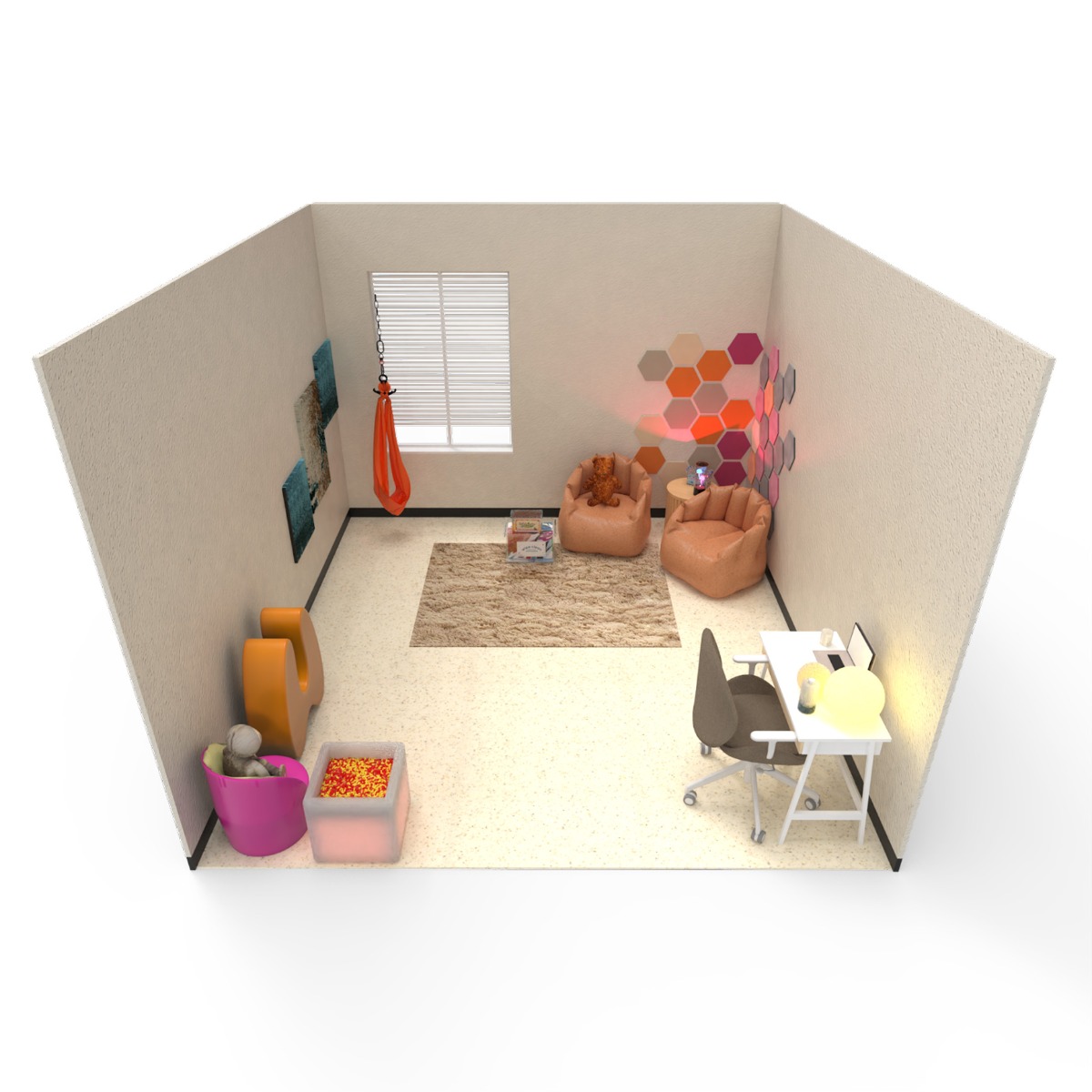

Soothing Colors and Gentle Lighting
Choose a soothing color palette for the bedroom walls, bedding and decor. Soft, pastel tones like blues, greens or warm neutrals can create a peaceful atmosphere. White can also be quite calming and easily reflects images from an LED projector for a sensory room effect. Opt for adjustable lighting with dimmer switches or soft, indirect lighting to allow for customizable brightness levels. Once you choose the colors, provide lighting accents with a bubble tube or fiber optic lighting to enhance the soothing effects. Smaller LED options include our LimeLite™ LED Ball and LimeLite™ LED Cube.
Snug and Soft Spaces
Seating in your child’s room, whether for reading, relaxing or doing homework should fit the task. By selecting soft, kid-friendly furniture you can create a cozy and comfortable feel. Specialized seating such as a Cozy Canoe™ or SensaSoft™ Squeezie Seat add calming deep pressure. Kids can also sink into a beanbag chair with a weighted lap pad for extra input. If your child needs movement to maintain attention, then include a Modern Ball Chair or a Wobble Cushion and Stretch Me Chair Fidget in a homework station.
Friendly Textures
Integrate a variety of textures into the room that include your child's tactile preferences. Soft rugs, fluffy pillows, and Textured Wall Panels can add both comfort and sensory stimulation. Encourage your child to explore different textures to expand their tactile horizons. You can find a variety of textured sensory tools to suit any preferences. Some of our favorites include the Minky Weighted Blanket, Weighted Sequin Pillow and Harry the Sensory Hedgehog.
Playful Sensory Stations
Set up personalized sensory stations within the bedroom. Consider a sensory wall panel, like our InterACTION Wall Panels, with items like fidget toys, textured surfaces and visually stimulating patterns. Setting up an area for active movement is also a great way to add sensory stimulation to your child’s repertoire. Adding a Raindrop Swing and/or Bounce Board can increase focus and awareness for homework and tasks.
Sound. Have a Ball
Create an environment that minimizes overwhelming sounds. Use curtains, rugs and soundproofing materials, such as Felt Right Tiles, to soften external noises. Provide Noise Reduction Headphones or a white noise machine to give your child control over their auditory experience.
Organizational Supports
Implement visual supports and organization systems designed for kids. Many sensory kids can be overwhelmed by all the stuff around them, and storing toys and supplies in opaque bins with labels clearly stating what is inside can reduce the overwhelm. They may find it helpful to hang up a large calendar with school assignments and a daily task list. This can help your child understand and anticipate daily activities, promoting a sense of order and security. Visual timers can help them stay on track and balance sensory time with homework.
Adaptability and Fun Changes
Remember that sensory preferences can change as your child grows. Design the room with adaptability in mind, allowing for easy adjustments to meet their evolving needs. Regularly communicate with your child to understand their changing preferences and make playful updates to their sensory space.
By considering your child’s unique sensory needs you can create a soothing haven where your child can thrive. Remember, this is an ongoing process, and staying attuned to your child's cues ensures that their sensory space will remain a source of comfort, joy and exploration.

















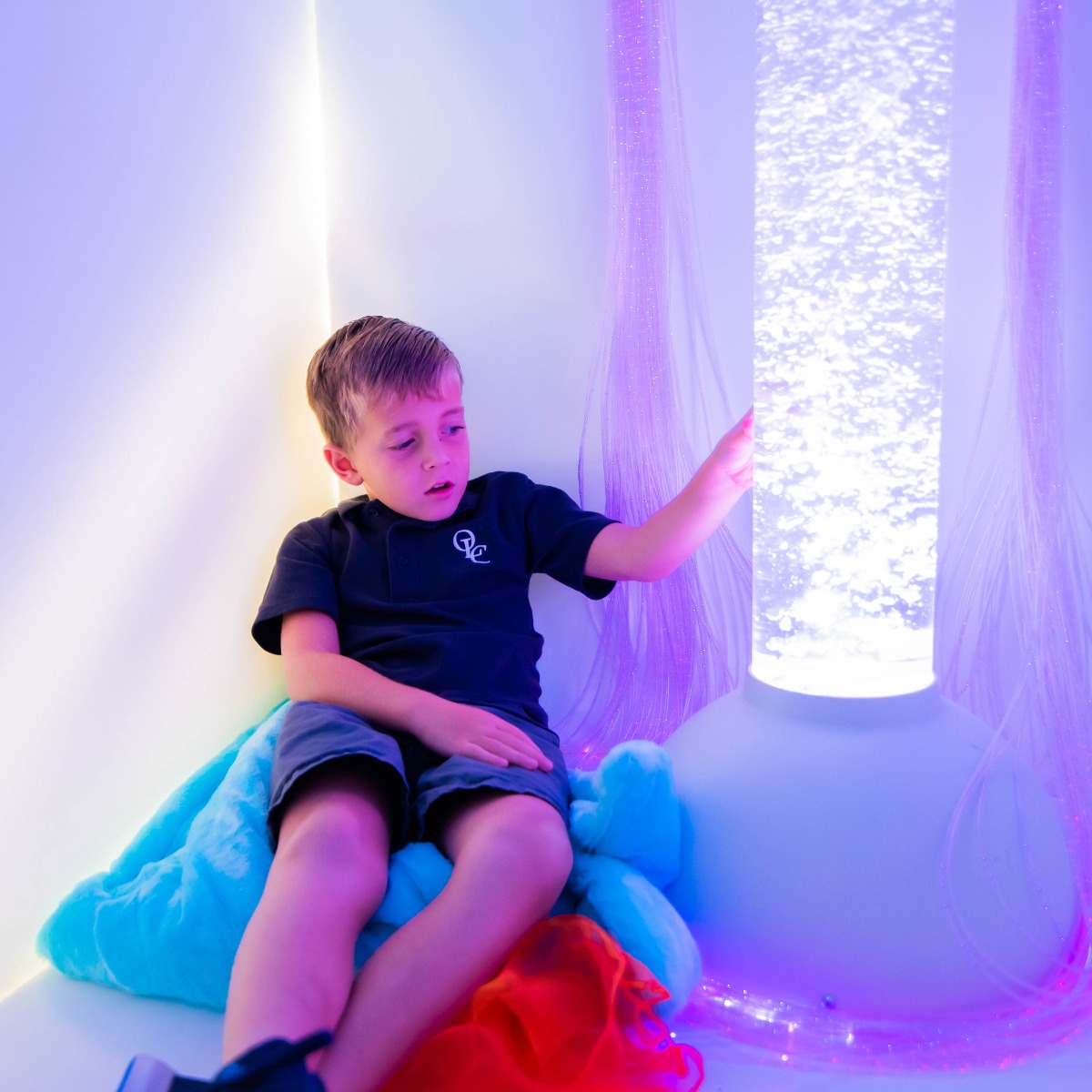

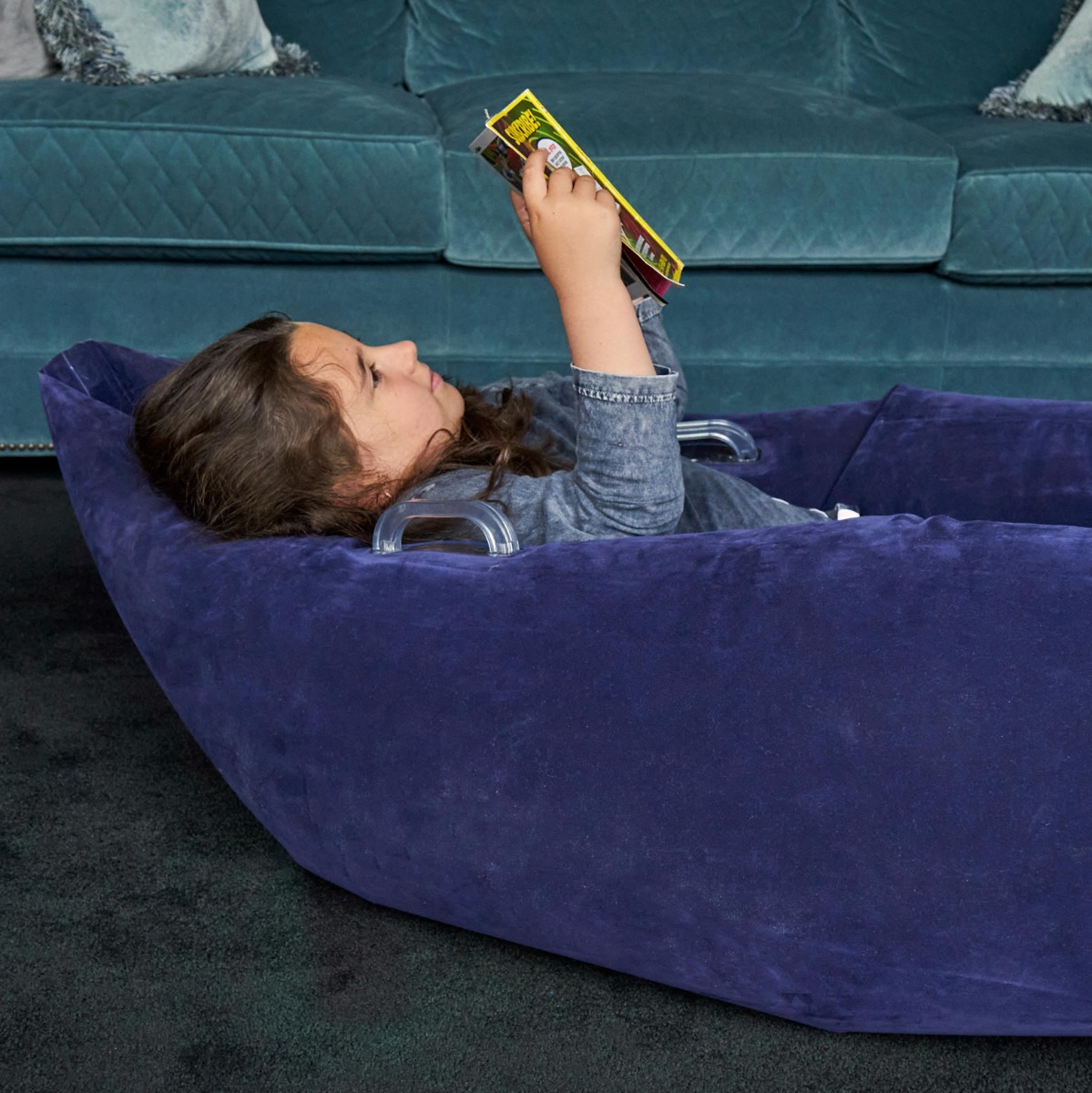
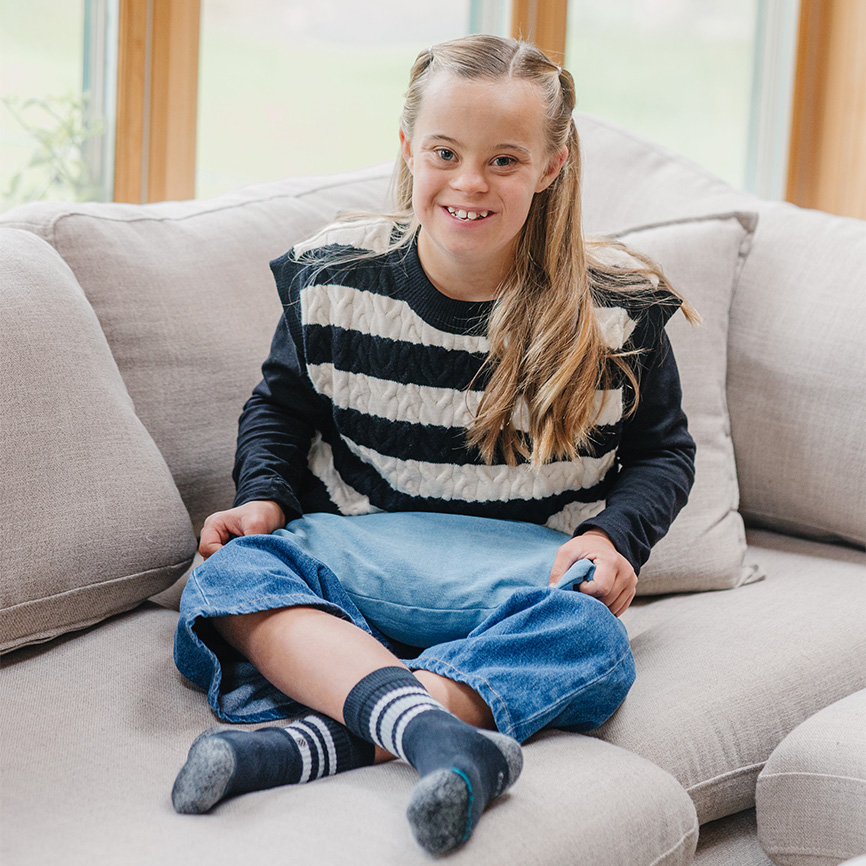
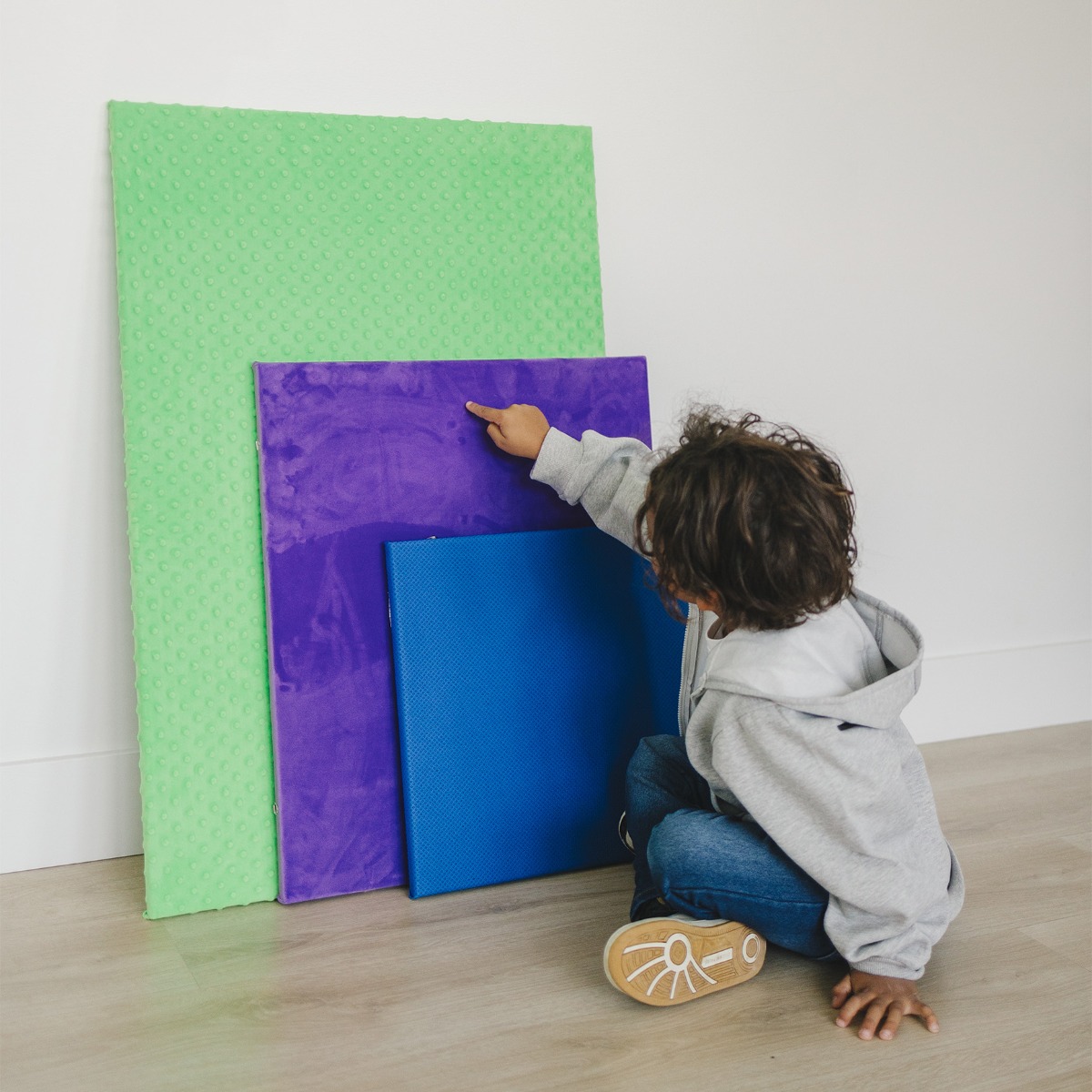


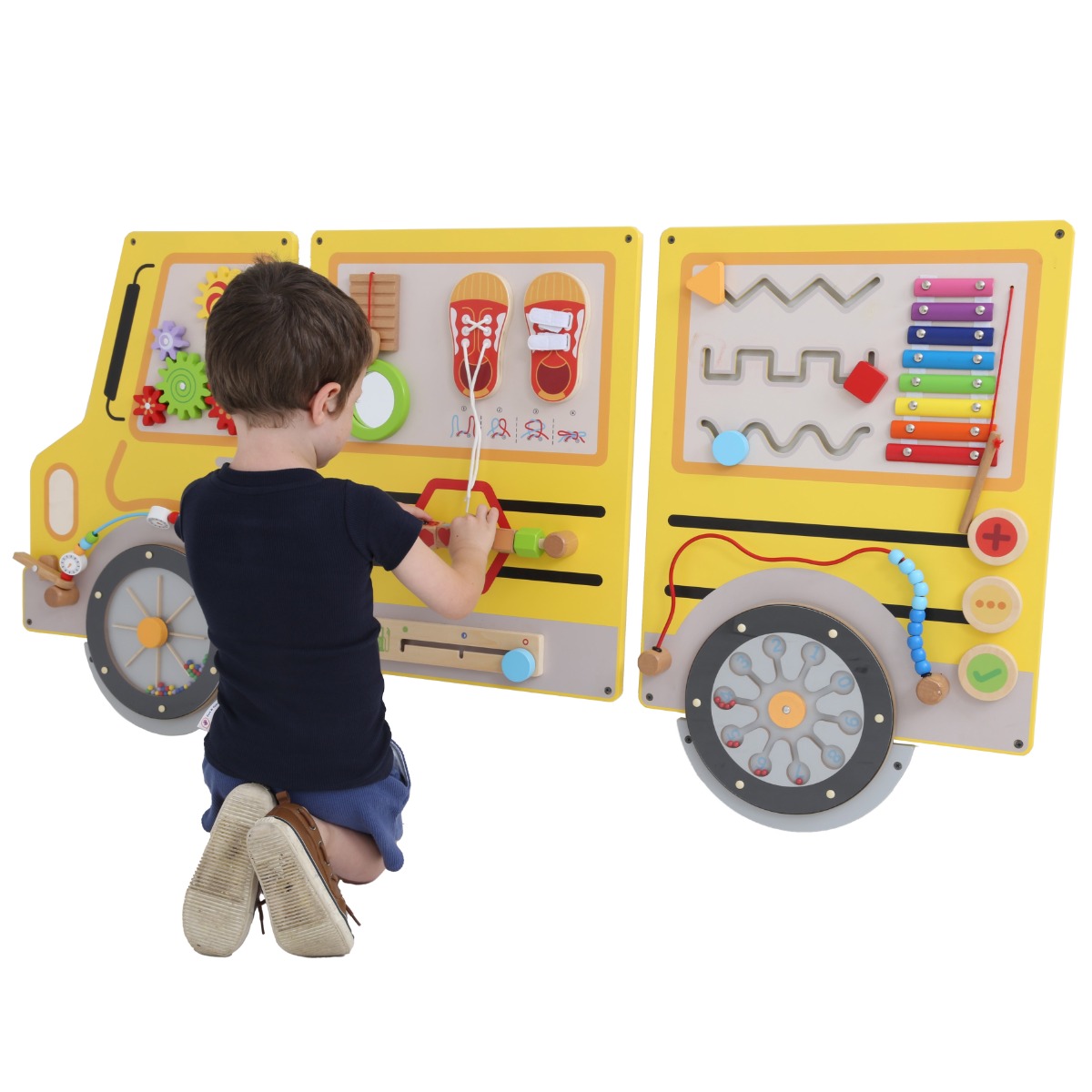
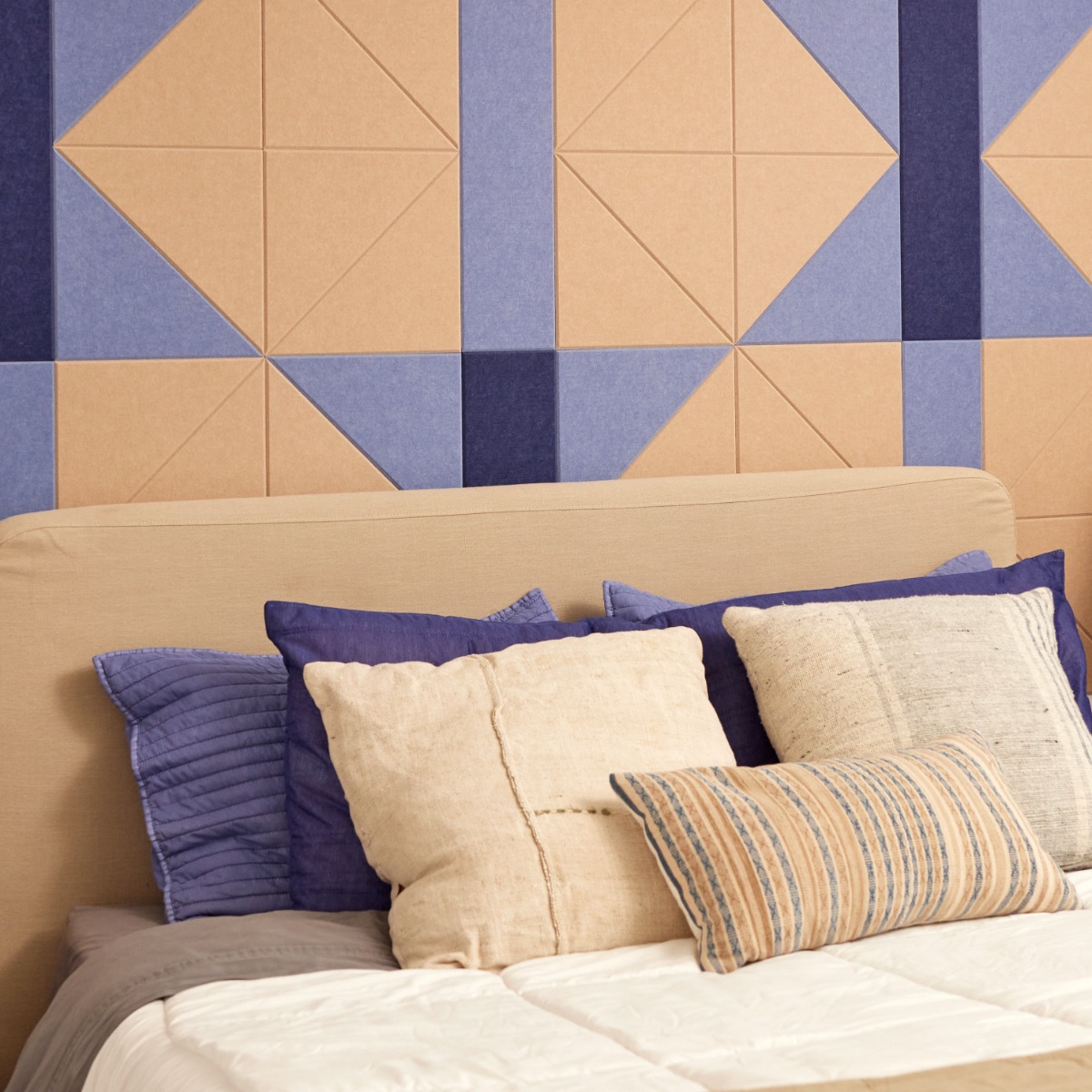
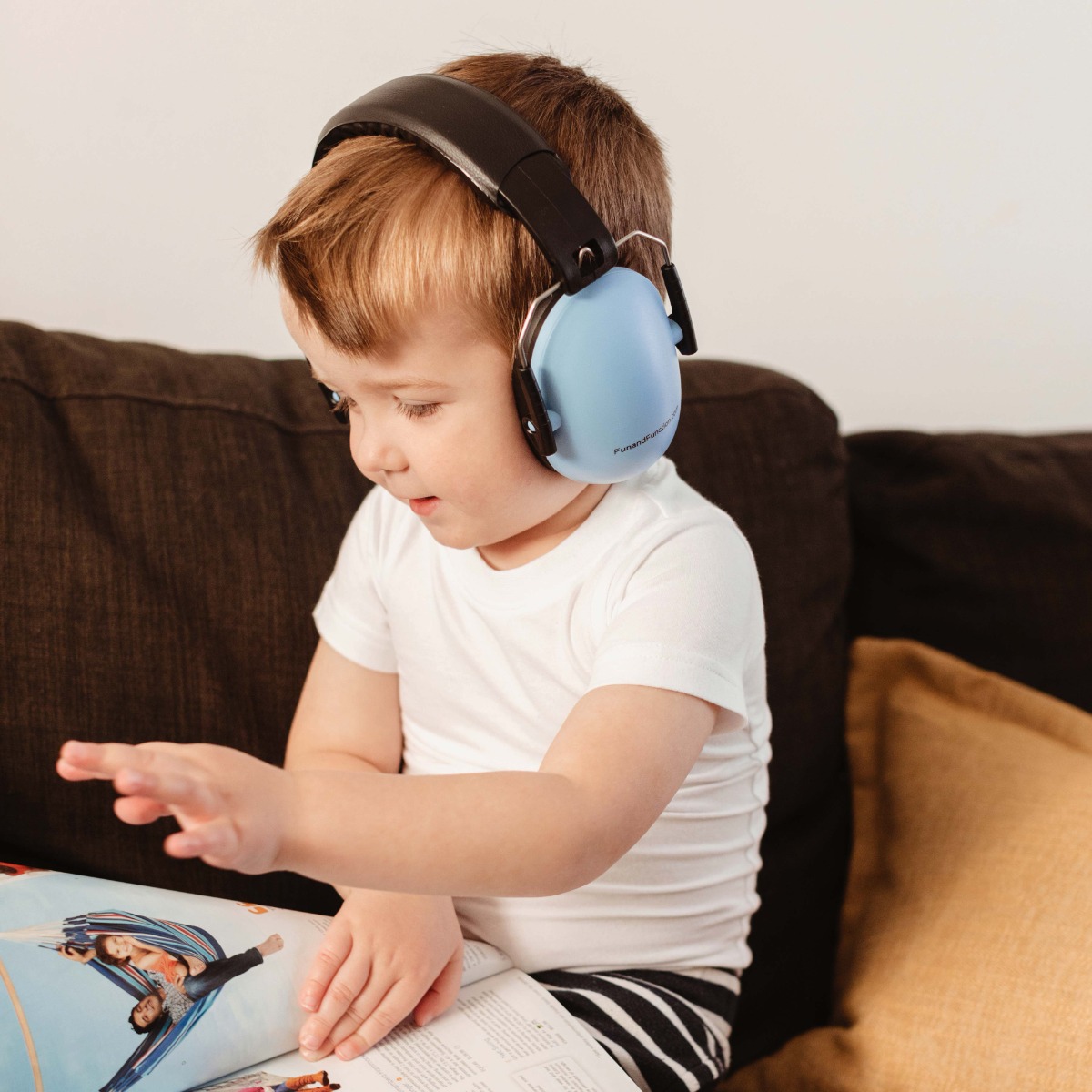
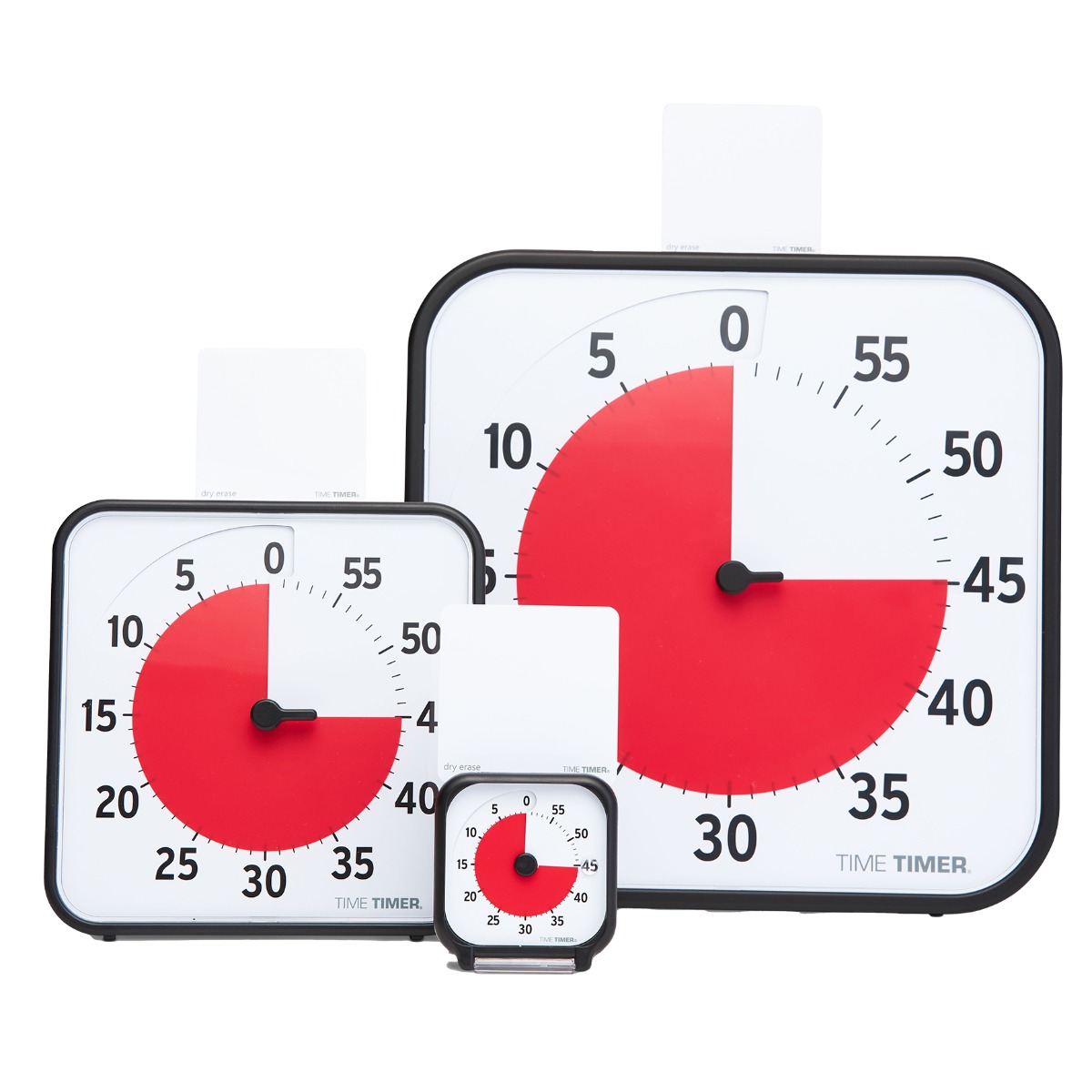






Comments